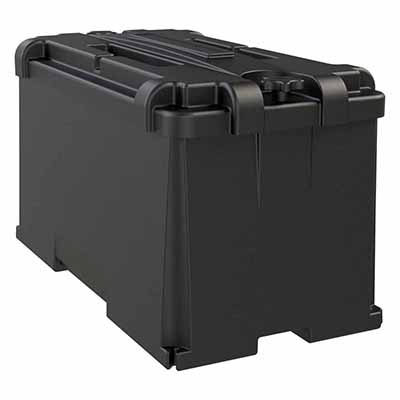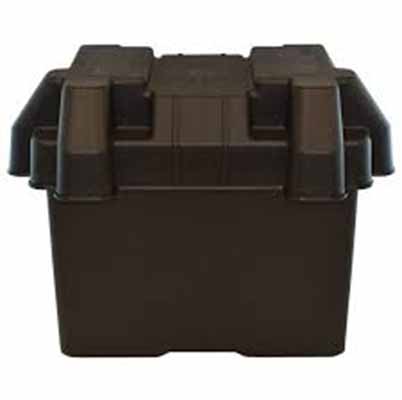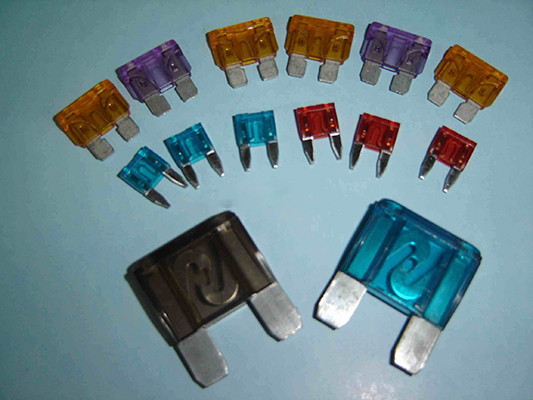Innovative Waterproofing Strategies for Automotive Battery Enclosures to Combat Moisture-Related Failures
News 2025-10-20
Car battery boxes play a crucial role in vehicle performance, protecting the battery from environmental hazards. Water exposure can cause significant issues like corrosion and short circuits, leading to costly repairs or safety risks. Designing effective waterproof features is vital to enhance durability and reliability, especially in regions with heavy rainfall or flooding. By focusing on advanced materials and engineering, manufacturers can prevent water damage and extend the lifespan of automotive electrical systems.

Core Waterproof Design Elements
Waterproof design in car battery boxes incorporates several key elements to block moisture entry. High-grade sealing gaskets made from rubber or silicone create tight barriers around access points, while molded enclosures use hydrophobic materials that repel water. Integrated drainage channels redirect any accumulated moisture away from sensitive components. Additionally, adherence to IP ratings, such as IP67 or higher, ensures resistance to submersion, providing a standardized measure of protection that meets industry standards for reliability.
Benefits and Practical Applications
The performance advantages of these waterproof designs are evident in various real-world scenarios. In automotive applications, they safeguard batteries during car washes, heavy rain, or even accidental submersion in floods, maintaining electrical integrity and preventing downtime. This enhances vehicle safety by reducing fire risks from short circuits and improves overall longevity, leading to cost savings for users. Such features are particularly beneficial in electric vehicles, where battery health directly impacts range and efficiency, making waterproofing a critical factor in modern automotive engineering.
Frequently Asked Questions
1. What does IP rating mean for a car battery box?
The IP rating indicates the level of protection against dust and water. A higher rating, like IP67, means the battery box can withstand temporary submersion, crucial for preventing water damage in adverse conditions.
2. How can waterproof design affect battery lifespan?
Effective waterproofing minimizes corrosion and electrical faults, potentially extending battery life by years, especially in humid or wet environments where moisture is a common threat.
3. Are there specific maintenance tips for waterproof battery boxes?
Regularly inspect seals and gaskets for wear, clean the exterior to remove debris, and avoid high-pressure washing directly on the box to maintain its waterproof integrity over time.

